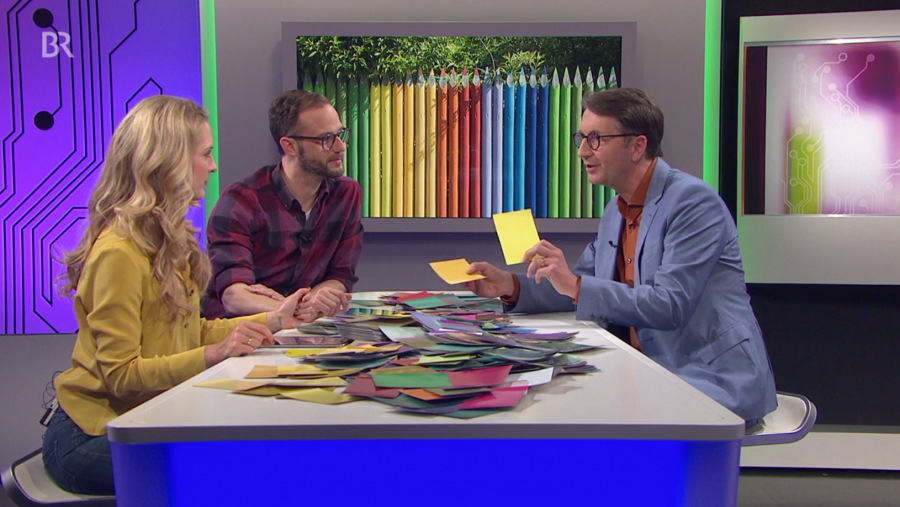
As soon as a person opens their eyes, the approximately 120 to 250 million photoreceptors in both eyes enter into a permanent exchange of information with the environment. Not even five percent can convert the spectrum of light into color signals, and yet these determine the form of visual perception. The fact that people nevertheless see a colorful, sharply contoured environment in the entire field of vision is due to the processing in the brain, an understanding of which is indispensable for explaining visual perception and communication.
In the process of perception, the viewer poses questions to the colorful appearance of the environment through his eye movements and at the same time searches for answers. Using visual gestures, a viewer asks what it is, where something is, where something comes from and where it will go, what something has done, is doing and will do. This question and answer process determines the formation of objects in the process of visual perception.
What is not questioned, whether through words, looks or visual representations, remains in the background of perception and is not seen. This applies to the visual arts, which have long been professionally mediated, as well as to the perception of architectural space. The meaning and significance of spaces, images and texts are objectively present due to the existence of a culturally determined linguistic space and yet must be subjectively explored. The scope, content quality and evaluation of the answers are determined by the attention behavior and previous experience of the viewer.


